Topic Log
Move beyond the textbook. This forum is your space to explore the compelling questions at the heart of Spanish and Latin American cultures. We’ve posed specific, thought-provoking prompts about history, art, society, and more—but there are no single, correct answers. The goal is to spark conversation, share diverse perspectives, and build a deeper, more nuanced understanding together. We encourage you to contribute your thoughts, debate respectfully, and draw from your own knowledge and experiences. Your insight is what will make this community vibrant. Join the conversation and help us see the Spanish-speaking world through a wider lens.
1.Architecture: Gaudí's Natural Inspiration
Question: In Gaudí’s Park Güell, the famous long, serpentine bench made of trencadís is not just art but also an ingenious rainwater collection system. In your view, is this seamless integration of aesthetics and practical function the ultimate goal that architecture should pursue?
Background: Gaudí firmly believed that the straight line belonged to man, while the curve belonged to nature. His works extensively mimic forms from plants, animals, mountains, and caves, cleverly integrating them with structure and drainage functions. This goes beyond mere decoration, representing a philosophy of “organic architecture.”
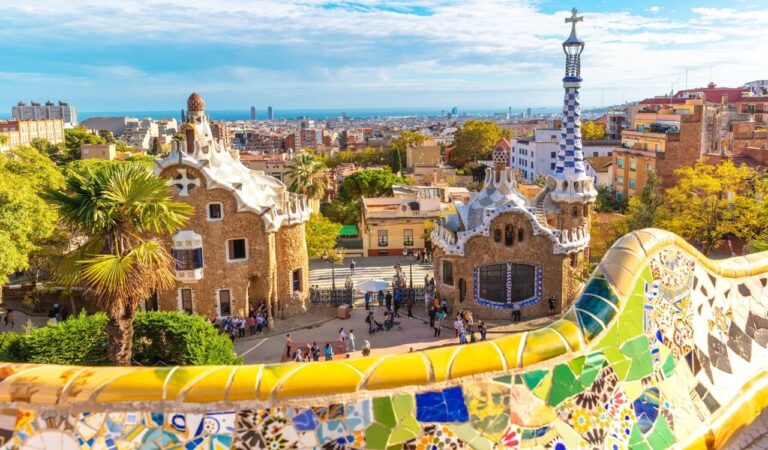
If you are interested in this question, please click to fill in the information:
2. Literature: A Modern Reading of Cervantes
Question: In Don Quixote, the protagonist sees windmills as giants and fights them. What would you consider to be the “windmills” in our society today? Should we encourage this “Quixotic spirit” of pursuing ideals regardless of reality?
Background: Don Quixote becomes a laughingstock due to his unrealistic fantasies, yet his motives—chivalry, righting wrongs, helping the weak—are profoundly noble. This character sparks reflection on the eternal conflict between idealism and realism.
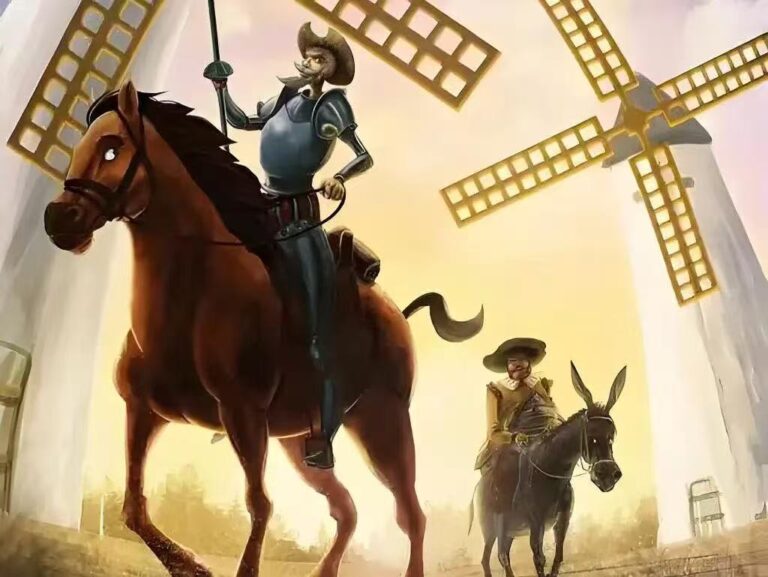
If you are interested in this question, please click to fill in the information:
3. Painting: Velázquez's "Lens"
Question: In Velázquez’s Las Meninas, the painter himself is working before a canvas. Do you believe his gaze is directed at us, the viewers, or at the King and Queen reflected in the mirror? How does this perspective determine who the true subject of the painting really is?
Background: This painting is hailed as the “theology of painting.” Its complex composition is like a “snapshot,” blurring the boundaries between the painter, the subjects, the viewer, and the painted objects, challenging traditional ways of seeing.
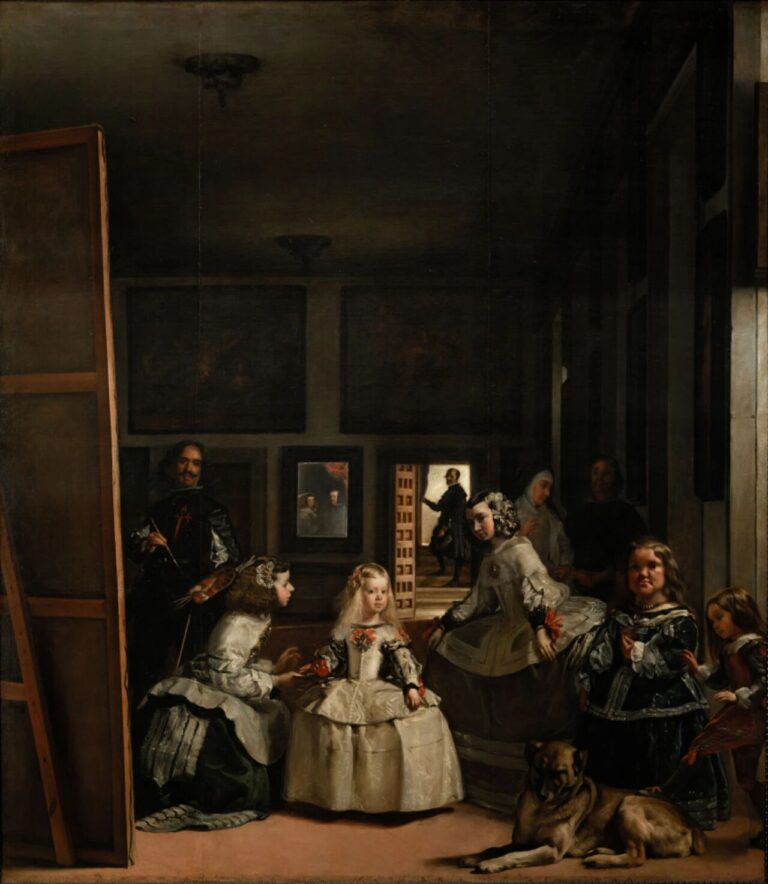
If you are interested in this question, please click to fill in the information:
4. History: Coexistence and Scars
Question: Southern Spain’s Andalusia region preserves abundant Moorish architecture and irrigation systems. Do you consider this nearly eight-century period of Islamic rule a scar in Spanish history that needs to be “tolerated,” or an indispensable “core” component of its cultural identity?
Background: From the 8th to the 15th century, much of the Iberian Peninsula was under Islamic rule. Christians, Muslims, and Jews coexisted for a long period in what is known as “Convivencia,” leaving a profound and complex cultural legacy for Spain.
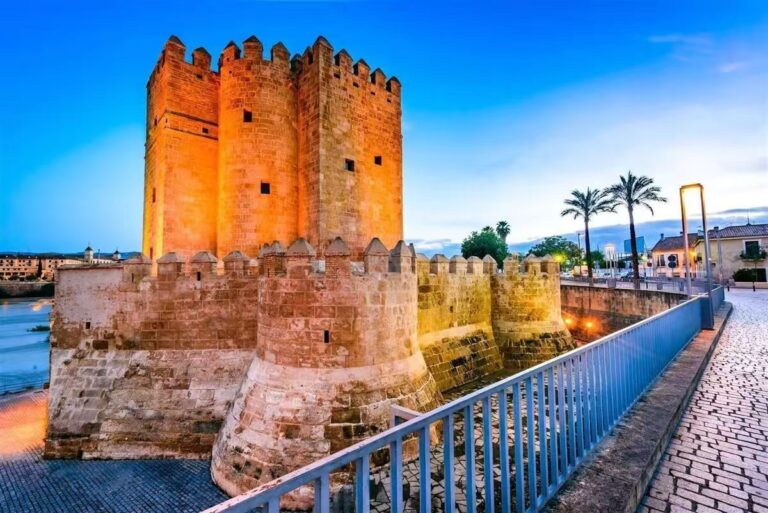
If you are interested in this question, please click to fill in the information:
5. Contemporary Society: The Fate of the Siesta
Question: The traditional Spanish “Siesta” is gradually disappearing in modern cities and major metropolitan areas like Madrid. Do you think abandoning this tradition to adapt to globalized business rhythms is a necessary progression, or a loss of cultural identity?
Background: The long midday break was once associated with agricultural lifestyles and the hot climate. Today, to synchronize business hours with other European countries, there are ongoing efforts within Spain to reform work schedules, shortening the lunch break and ending the workday earlier.

If you are interested in this question, please click to fill in the information:
6. Music: The Essence of Flamenco
Question: In Flamenco performance, the singer’s heart-wrenching “Cante” and the dancer’s pained facial expressions are considered the soul of this art form. Do you believe the core emotion expressed so intensely is profound “sadness” or defiant “struggle”?
Background: Flamenco originated in the Roma (Gypsy) communities of Andalusia. Its birth is closely linked to the history of poverty, oppression, and displacement experienced by marginalized groups.

If you are interested in this question, please click to fill in the information:
7. Language: Dialects and Identity
Question: In the Catalonia region, local students are required to learn both Spanish and Catalan. Do you think this mandatory bilingual education policy is a necessary measure to protect cultural heritage, or a potential driver exacerbating regional separatism?
Background: Besides the official language, Castilian (Standard Spanish), Spain also has regional languages like Catalan, Basque, and Galician, which hold co-official status. Language issues are highly intertwined with regional political identity.

If you are interested in this question, please click to fill in the information:
8. Festivals: The Ethical Controversy of the Bull Run
Question: Pamplona’s San Fermín festival (Running of the Bulls) attracts global tourists every year, but it also leads to injuries and deaths for the bulls, as well as human casualties. Do you believe traditions that come at the cost of animal suffering and human safety should still be preserved and celebrated in modern society?
Background: The Running of the Bulls is one of Spain’s most famous festivals, but the bullfighting tradition behind it faces increasing criticism from animal rights activists and segments of the public, both domestically and internationally.
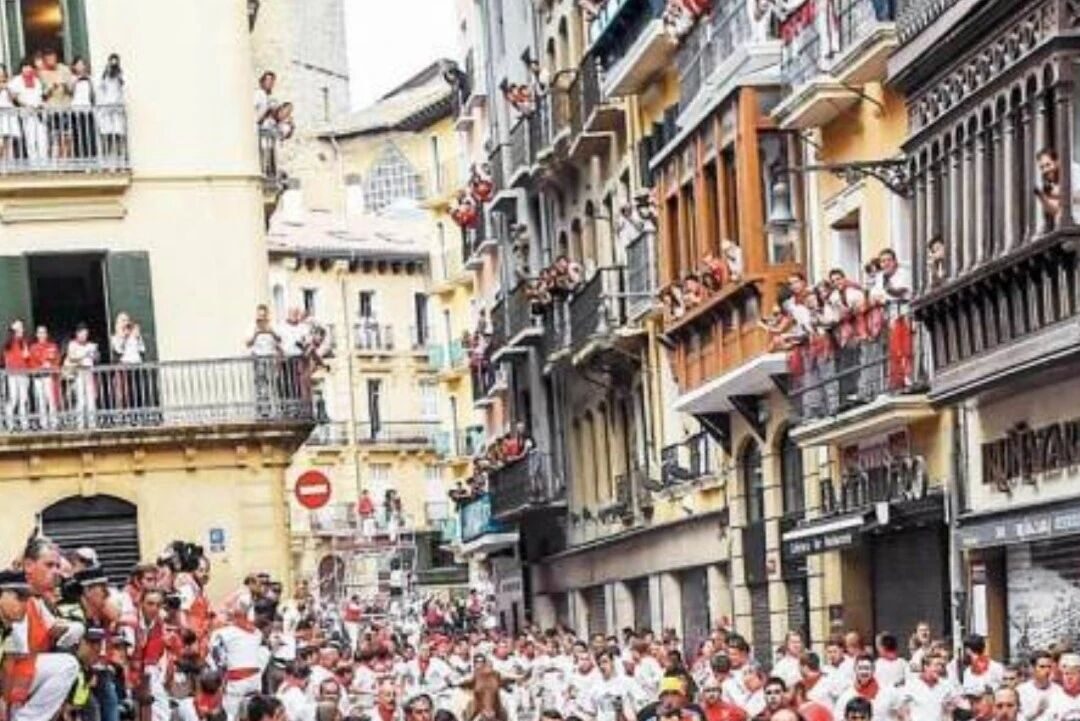
If you are interested in this question, please click to fill in the information:
9. Cuisine: The Cultural Weight of Jamón
Question: Jamón Ibérico is a Spanish culinary treasure. Its production relies on specific breeds of pigs roaming free in the vast “Dehesa” woodlands. Do you consider this extreme pursuit of specific terroir and traditional craftsmanship the highest form of gastronomy, or an overly mythologized luxury consumption?
Background: The production cycle for top-quality Jamón Ibérico can last several years, with extremely strict requirements regarding the pig’s breed, diet (especially acorns), rearing methods, and curing process. It is the ultimate expression of the Spanish concept of “terroir.”

If you are interested in this question, please click to fill in the information:
10. Contemporary Art: Picasso's Legacy
Question: Picasso’s Guernica uses distorted, fragmented imagery to denounce the horrors of war. Do you think this artistic language of abstraction and distortion can convey emotion and ideas more profoundly than a realistic photograph of a war scene?
Background: This monumental work was created in response to the 1937 Nazi bombing of the Spanish town of Guernica. It is not only an anti-war symbol but also fundamentally changed how modern art represents major historical events.
